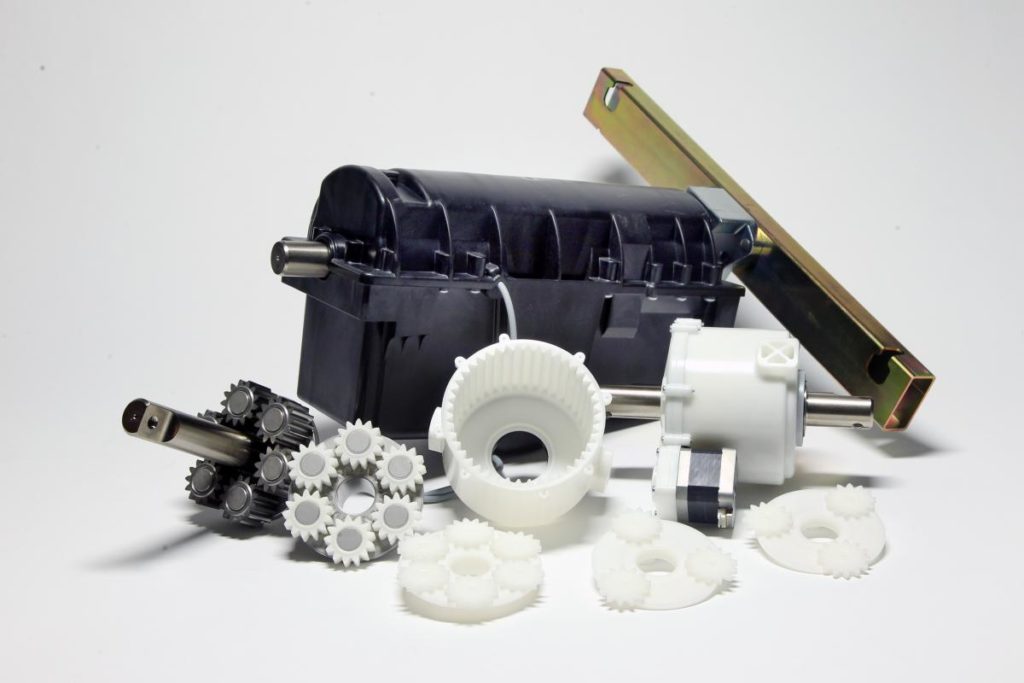BACKGROUND
A plastic gear drive unit living in a harsh environment with automotive reliability standards was a major requirement for Seitz from the voice of the customer interview (VOC). Quality and reliability are often confused as being two separate concepts, when in fact they are closely related. Where Quality asks the question: Does a product perform its intended function? Reliability asks the question: How long will it continue to perform its intended function? Have you ever been enticed by a product because of how it performs when it is new, only to become disappointed as the product ages and its performance declines? We, at Seitz LLC, understand your disappointment and understand that quality products attract customers, but reliable products keep customers.
SEITZ LLC THE SOLUTION PROVIDER
Our Mechanical Engineering development team worked collaboratively with the customer’s engineering team to convert the whats of the design requirements into the hows. Not until every voice of the customer requirement is cascaded to the various elements of a design, print dimensions/tolerances, material selection, and method of manufacture, will we say the design is finished.
In order to achieve one of the many requirements, automotive reliability standards (R90/C90) in particular, the Seitz LLC engineering team needed to verify each component of the design met the reliability standard. Every component of the gear train was analyzed for stress levels as the gearbox generates over 380 lb-ft of torque at each of the two output shafts. System stiffness of the entire gearbox was modeled as springs arranged in series or in parallel in conjunction with FEA analysis to precisely understand the rotary accuracy of the output shafts at extraordinarily high torque levels. How did we know it will have a 20+ year life expectancy? We modeled the varying torque magnitudes and cycles using cumulative damage theory. The resulting varying component stress levels on: gears, shafts, housings, planetary carriers, fasteners, etc… were then compared to the material fatigue data (S-N curves) to predict the life expectancy. Not all of the varying loads in the duty cycle created damaging cycles (above the material endurance limit) but when they did they had to be accounted for using Palmgren-Miner Rule equations.
We, at Seitz know that the reliability (quality over time) of a product is a function of the information provided from CAD, component prints, and the method of manufacture/process controls. Disconnecting the Mechanical Engineers who designed the product from those who have to make it, has it risks. This is why we offer the complete product innovation value stream services of: Design, Engineering Analysis, and Manufacturing Solutions.

In order to maintain rotational position accuracy of the output shafts, every load bearing component in the gearbox was analyzed in FEA, to determine its spring constant and modeled as a series or parallel spring system to determine the overall system stiffness.

Cumulative damage theory using Palmgren-Miner equations were used on every load bearing component to determine the overall gearbox life for varying loads and cycle counts.

MoldFlow, a computational fluid dynamics simulation, was used to optimize every part geometry for the injection molding tool and processing parameters.


Although analytical transfer functions are useful in the DFSS process all analytical predictions need to be validated empirically.




Recent Comments